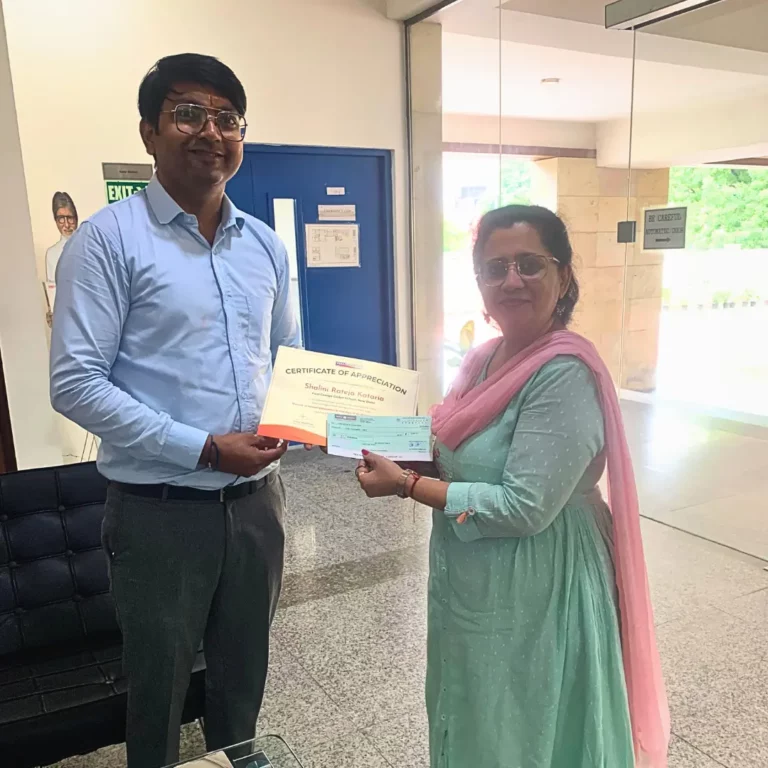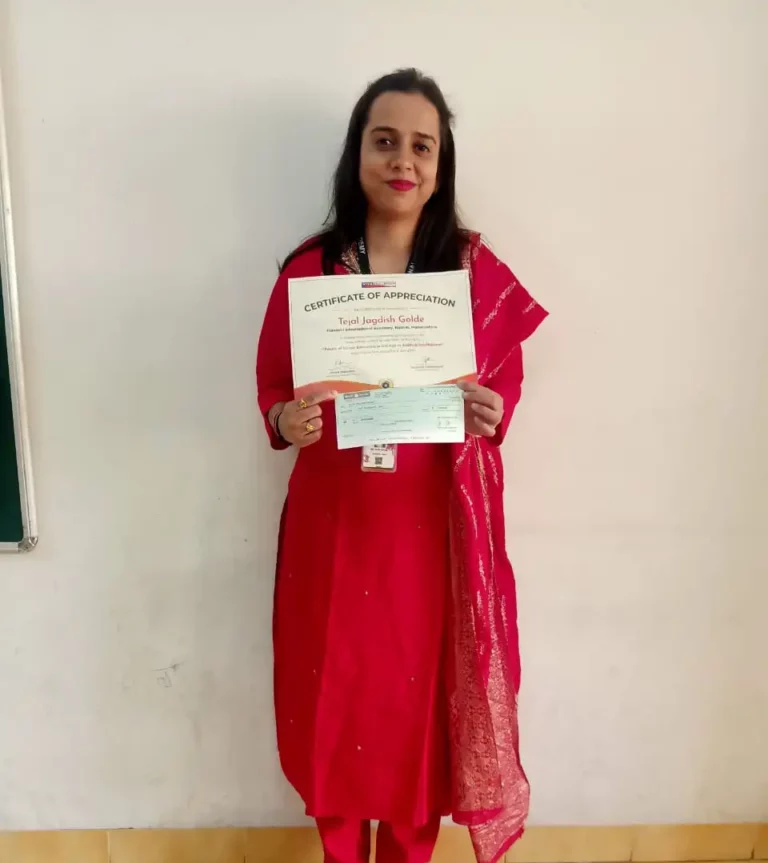CBSE Mandates 50 Hours of Continuous Professional Development (CPD) for Teachers: What Educators Need to Know
- Schools
- May 1, 2025
- Saloni Sacheti

Teaching is an evolving profession, and staying up to date with the latest methods, technologies, and practices is more important than ever. Recognising this, the Central Board of Secondary Education (CBSE) has made 50 hours of Continuous Professional Development (CPD) mandatory for all teachers each year. This move aligns with the goals of the National Education Policy (NEP) 2020, which highlights the need for continuous learning among educators.
What Does This Mean for Teachers?
Education is changing, and teachers are expected to keep up with modern teaching methods, digital tools, and innovative pedagogies. With a 50-hour mandate for Continuous Professional Development, teachers will now be required to participate in 50 hours of professional training each year. This is not just a requirement, but an opportunity to enhance their skills, stay relevant, and make a significant impact in today’s classrooms.
Key Points of CBSE’s Training Requirement:





Why is This CBSE Teacher Training Important?
Education is no longer about rote learning—it’s about engaging students, fostering creativity, and building critical thinking skills. This CPD mandate ensures that teachers are equipped with the latest skills to:
- Make learning interactive and student-centred.
- Use technology effectively in classrooms.
- Develop inclusive and diverse teaching strategies
- Create a positive learning environment for students.
- Improve learning outcomes and student success.
How Can Schools Support Teachers?
Schools play a crucial role in ensuring their educators have access to the best training programs. They can support teachers by:




How Viva Education Supports Continuous Professional Development CPD?
Viva Education plays a significant role in equipping educators with high-quality training resources and structured Continuous Professional Development (CPD) programs. Here’s how Viva Education can support teachers in fulfilling their CPD requirements:
1. Customized Training Workshops
- Offers subject-specific CPD sessions on innovative teaching methodologies.
- Conducts interactive workshops & certification programs tailored to CBSE guidelines.
2. Comprehensive Teaching Materials
- Provides digital and print resources aligned with CBSE-approved curriculum standards.
- Develops lesson plans, assessment tools & blended learning solutions.
3. School Partnership Programs
- Supports faculty through leadership development & competency-building initiatives.
Final Thoughts
This new requirement is not just a step, but a leap in the right direction toward ensuring high-quality education for students. By investing in teacher training and development, schools will cultivate a learning environment where teachers feel empowered, motivated, and ready to inspire the next generation. This is a significant moment in the evolution of education, and teachers are at the forefront of this change.
Teachers, get ready to embrace this change and make the most of these training opportunities—it’s time to learn, grow, and lead!
Frequently Asked Questions:
Why has CBSE made CPD mandatory?
CBSE mandates 50 hours of CPD per year to ensure teachers continuously grow, adapt to new teaching strategies, and integrate modern techniques into their classrooms.
Who is required to complete CPD hours?
All teachers, principals, vice principals, and academic leaders in CBSE-affiliated schools are required to complete CPD.
Is there a deadline for completing CPD hours?
Yes, CPD hours must be completed by December 31st of every calendar year.
Can CPD hours be carried forward to the next year?
No, additional CPD hours cannot be carried forward. Teachers must complete 50 hours separately each year.
How do teachers record their CPD hours?
Teachers must upload certificates of completed courses on the KVS Samagam Portal (app.kvs.gov.in).
What happens if a teacher does not complete CPD hours?
CPD completion is mandatory. It is considered during career appraisals, promotions, and professional development evaluations.
How can teachers verify their CPD completion?
Once teachers upload their certificates, their school principal validates the CPD hours on the portal.
Will teachers receive a CPD certificate upon completion?
Yes, teachers will receive a CPD completion certificate through the KVS Samagam Portal once their 50 hours have been verified.
Do principals and vice-principals need CPD training?
Yes! School leaders must also complete 50 hours of CPD annually, with a focus on administration, leadership, and policy implementation.
Who issues CPD certificates for principals?
The Deputy Commissioner of the region is responsible for verifying CPD completion for school principals.
Can school-organized training programs be considered continuing professional development (CPD)?
Yes, but the school principal must approve the training and issue a certificate for uploading.
Do experienced teachers (with 30+ years of service) still need CPD?
Yes! CPD is mandatory for all teachers, regardless of experience level.
What happens if a teacher is on medical or maternity leave and cannot complete CPD hours?
Under special circumstances, the competent authority may allow the teacher to complete pending CPD hours in the following year.
Share on:
Written by:





